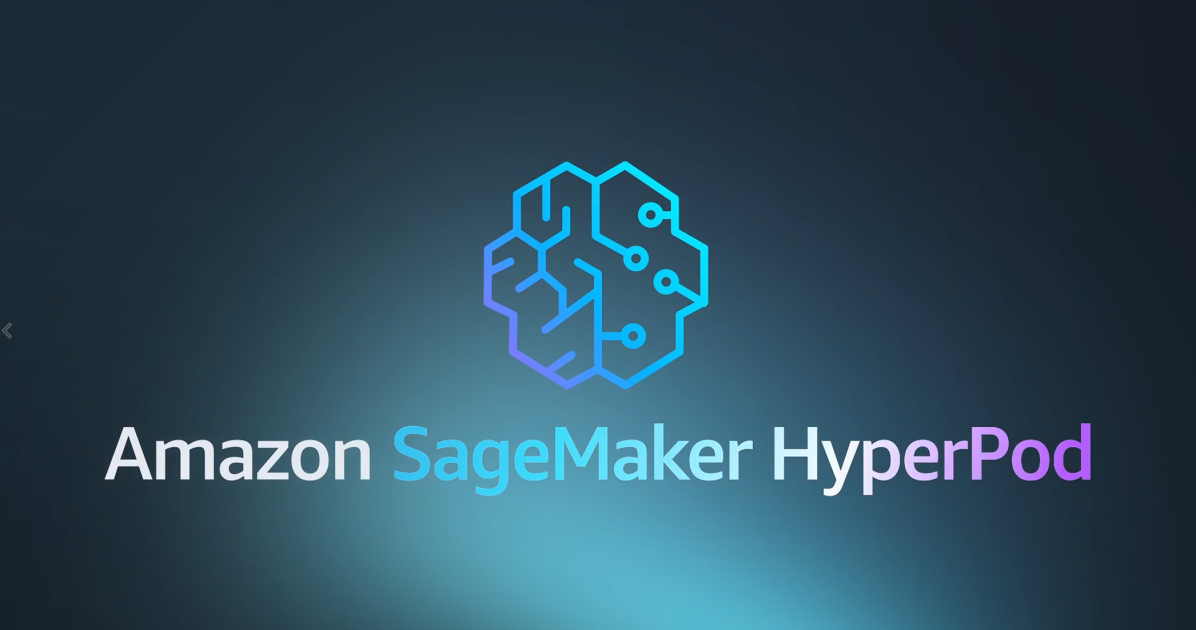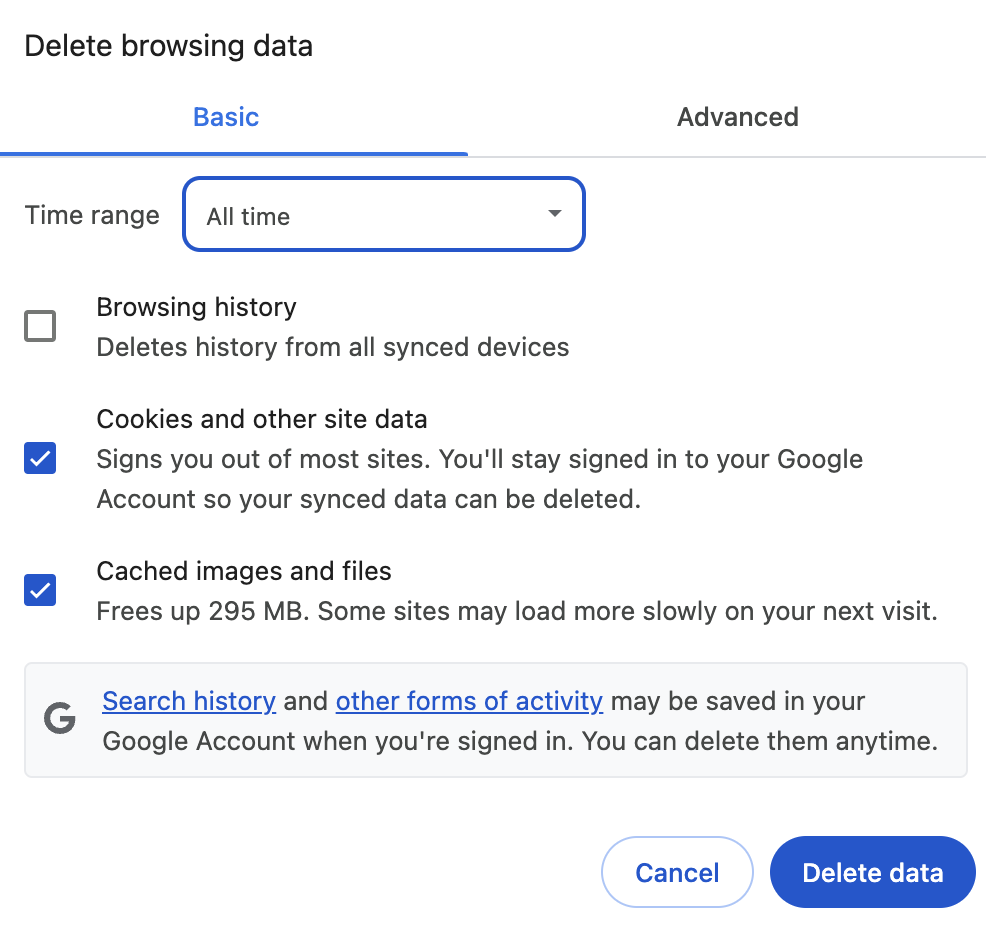
Security and engineering teams can use the above Google Cloud services illustration as a foundation and customize it to their specific requirements. While building and using digital twins, both security of the twins and security by the twins are critical. To ensure that the lifecycle of the digital twins are secure, cybersecurity hardening, logging, monitoring, detection, and response should be at the core design, build, and execution processes.
This structured approach enables modelers to identify essential tools and services, define in-scope systems and their data capabilities, map communication and network routes, and determine applications needed for business and engineering functions.
Getting started with digital twins
Digital twins are a powerful tool for security teams. They help us better understand and measure cyber-physical resilience through safe application of cyber-physical resilience leading indicators. They also allow for the adversarial testing and analysis of subsystem interactions and the effects of systems moving between secure and insecure conditions without compromising safety or output.
Security teams can begin right away to use Google Cloud to build and scale digital twins for security:
-
Identify the purpose and function that security teams would like to simulate, monitor, optimize, design, and maintain for resilience.
-
Select and identify the right physical or industrial object, system, or process to be replicated as the digital twin.
-
Identify pertinent data flows, and interfaces, and dependencies for data collection and integration.
-
Be sure to understand the available IT and OT, cloud, and on-premises telemetry across the physical or industrial object,system, or process.
-
Create the virtual model that accurately represents its physical counterpart in all necessary aspects.
-
The replica should be connected to its physical counterpart to facilitate real-time data flow to the digital twin. Use a secure on-premises connector such as MDE to make the secure connection between the physical and digital environments running on Google Cloud VPC.
-
To operationalize the digital twin, build the graph-based entity relationship model using Spanner Graph and partner solutions like neo4j. This uses the live data stream from the physical system and represents it on the digital twin.
-
Use a combination of Cloud Storage and BigQuery to store discrete and continuous IT and OT data such as system measurements, states, and file dumps from the source and digital twin.
-
Discover common mode failures based on the mapped processes that include internal and external dependencies.
-
Use at least one leading indicator with Google Threat Intelligence to perform threat modeling and evaluate the impact on the digital twin model.
-
Run Google’s AI models on the digital twins to further advance the complexity of cyber-resilience studies.
-
Look for security and observability gaps. Improve model fidelity. Recreate and update the digital twin environment. Repeat step 10 with a new leading indicator, new threat intelligence, or an updated threat model.
-
Based on the security discoveries from the resilience studies on the digital twin, design and implement security controls and risk mitigations in the physical counterpart.
To learn more about how to build a digital twin, you can read this ebook chapter and contact Google Cloud’s Office of the CISO.
Source Credit: https://cloud.google.com/blog/products/identity-security/how-to-build-a-digital-twin-to-boost-resilience/




